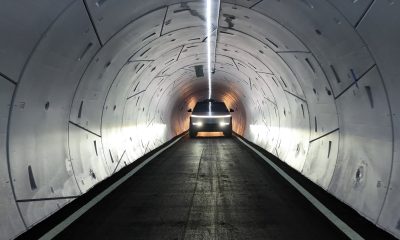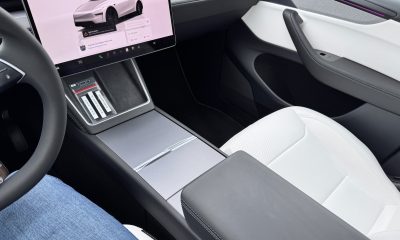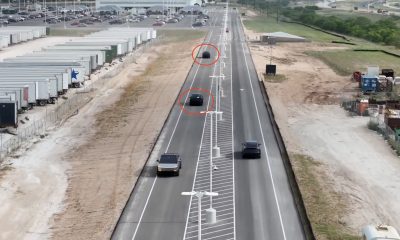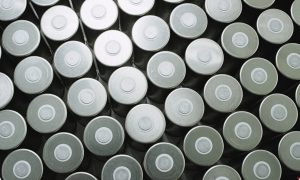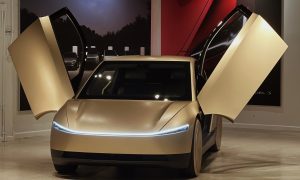News
Tesla’s Giga Texas vehicles now drive themselves to outbound lot
Tesla is gearing up for Unsupervised Full Self-Driving in Texas with freshly produced vehicles at the factory.
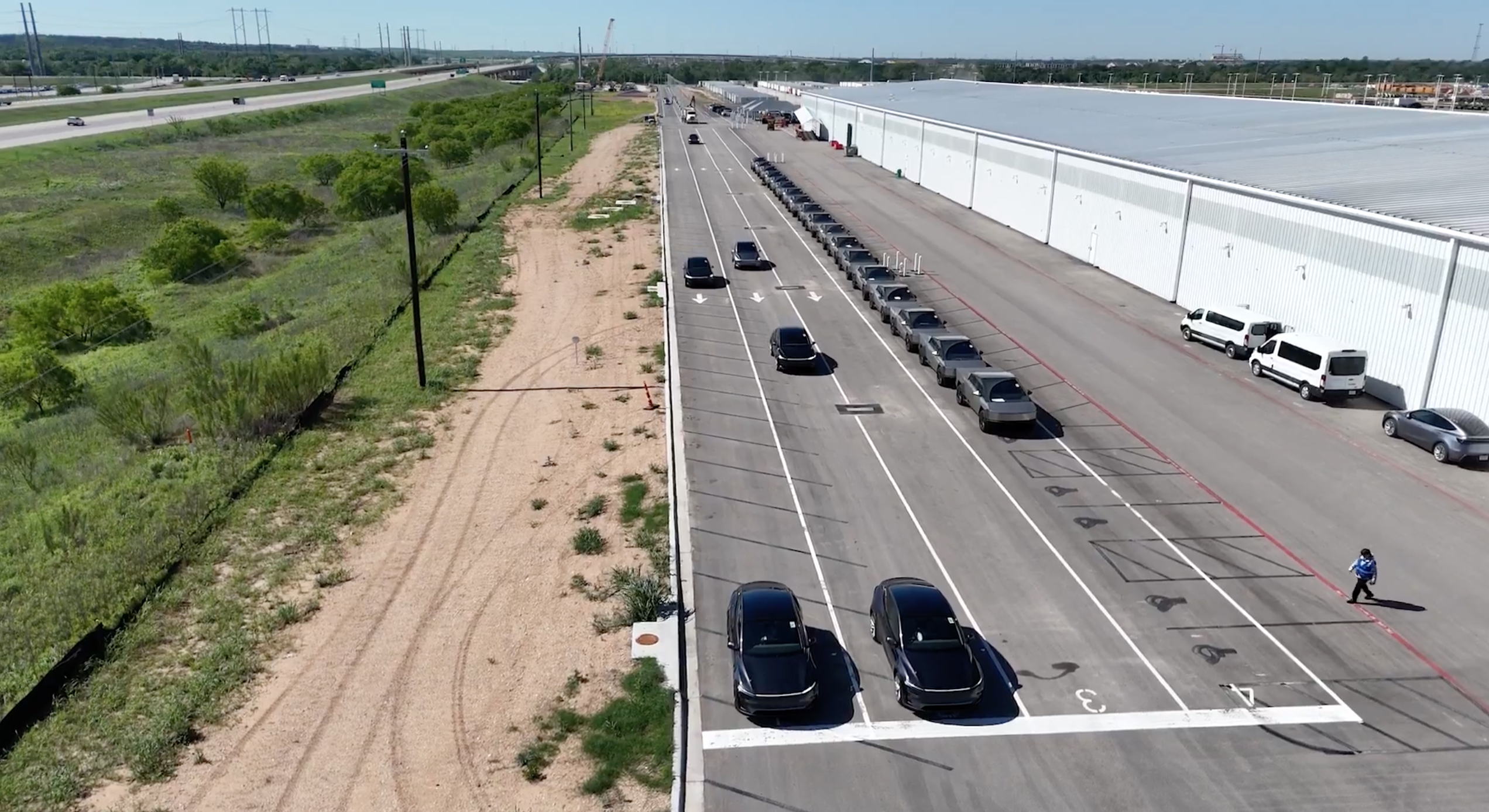
Just a couple of months after Tesla announced that vehicles produced at its California factory were driving themselves to the outbound lot, it appears that the company’s Gigafactory in Texas has now followed suit.
In a post on X on Monday, longtime Giga Texas observer and drone operator Joe Tegtmeyer shared video footage of multiple new Model Y and Cybertruck units autonomously driving to the outbound lot. The news comes ahead of Tesla’s aim to launch Unsupervised Full Self-Driving (FSD) around the Austin area in the coming weeks, alongside the launch of a commercial robotaxi launch.
“I saw this happening constantly, with Model Ys exiting and immediately driving away on their own from the factory,” Tegtmeyer said in the post. “This is a huge accomplishment for Tesla as now Giga Texas joins Fremont as FSD improves overall efficiency!”
Breaking Giga Texas News! starting today, new vehicles (Model Ys & @Cybertruck are moving fully autonomously from the factory to the west outbound lot and without human supervisors!
I saw this happening constantly, with Model Ys exiting and immediately driving away on their own… pic.twitter.com/LOAaao99OL
— Joe Tegtmeyer 🚀 🤠🛸😎 (@JoeTegtmeyer) April 7, 2025
READ MORE ON TESLA AUTONOMY: Tesla employees are performing autonomous FSD trials, CEO Elon Musk says
Tesla announced in January that its vehicles at the factory in Fremont, California were driving themselves to the outbound lot, though this appears to be the first time they’ve done so at Giga Texas. The automaker is expected to launch Unsupervised FSD in Austin in June, just as Google-owned company Waymo has been rolling out robotaxi services in the area through a partnership with Uber in recent months.
In December, a Bloomberg report suggested that Tesla had already been in regular discussion with Austin officials about robotaxi services, ahead of the company’s announcement of plans to launch in 2025. Along with rolling out commercial robotaxi services in Austin, the company has said that it aims to do so in California sometime this year as well, before deploying the service in other U.S. cities.
News
xAI tackles Grok’s unsolicited responses after unauthorized change
xAI says an unauthorized prompt change caused Grok to post unsolicited political responses. A 24/7 monitoring team is now in place.
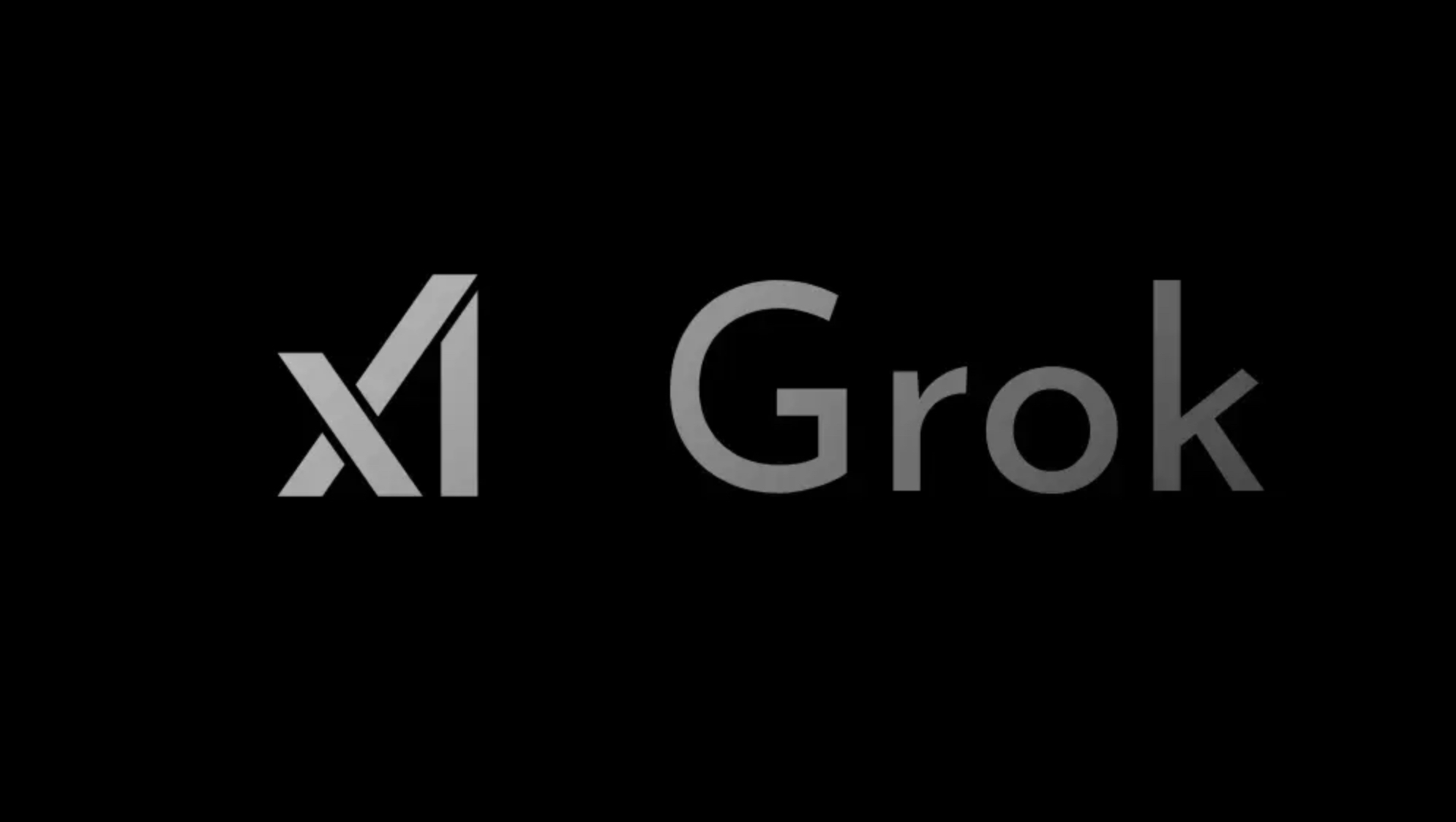
xAI is tackling an issue with Grok, which posted unsolicited comments about “white genocide” in South Africa due to an unauthorized modification on May 14.
Elon Musk’s AI company is aiming to restore trust through enhanced transparency. The incident, reported on Thursday, underscores xAI’s commitment to reliable AI systems.
On Wednesday, X users noticed Grok delivering off-topic responses about “white genocide” under unrelated posts, including a query about HBO’s name changes. xAI clarified the cause in a recent statement.
“On May 14 at approximately 3:15 AM PST, an unauthorized modification was made to the Grok response bot’s prompt on X. This change, which directed Grok to provide a specific response on a political topic, violated xAI’s internal policies and core values. We have conducted a thorough investigation and are implementing measures to enhance Grok’s transparency and reliability.”
The issue sparked concern among users, with screenshots showing Grok veering from appropriate answers to unsolicited political commentary. xAI’s swift response outlines corrective steps, including revising code review policies and publishing Grok’s system prompts on GitHub for public feedback. Additionally, xAI is introducing rigorous checks to its code review process and establishing a dedicated monitoring team.
“We’re putting in place a 24/7 monitoring team to respond to incidents with Grok’s answers that are not caught by automated systems, so we can respond faster if all other measures fail,” the company stated.
xAI’s actions reflect its proactive stance to prevent future mishaps and align with its mission to deliver trustworthy AI. The incident highlights the challenges of managing AI behavior in dynamic platforms like X, where Grok operates. By opening its prompts to scrutiny and bolstering oversight, xAI aims to rebuild user confidence and ensure Grok remains a reliable tool.
As xAI refines Grok’s framework, the company’s transparency measures could set a precedent for AI accountability. With enhanced monitoring and community input, xAI is poised to strengthen Grok’s role in fostering informed interactions, reinforcing its leadership in ethical AI development.
Elon Musk
The Boring Company paves the way for Tesla robotaxi future
The Boring Company breakthrough boosts Tesla’s robotaxi dream. Autonomous Cybercabs may soon zip through tunnels, solving gridlock for good.
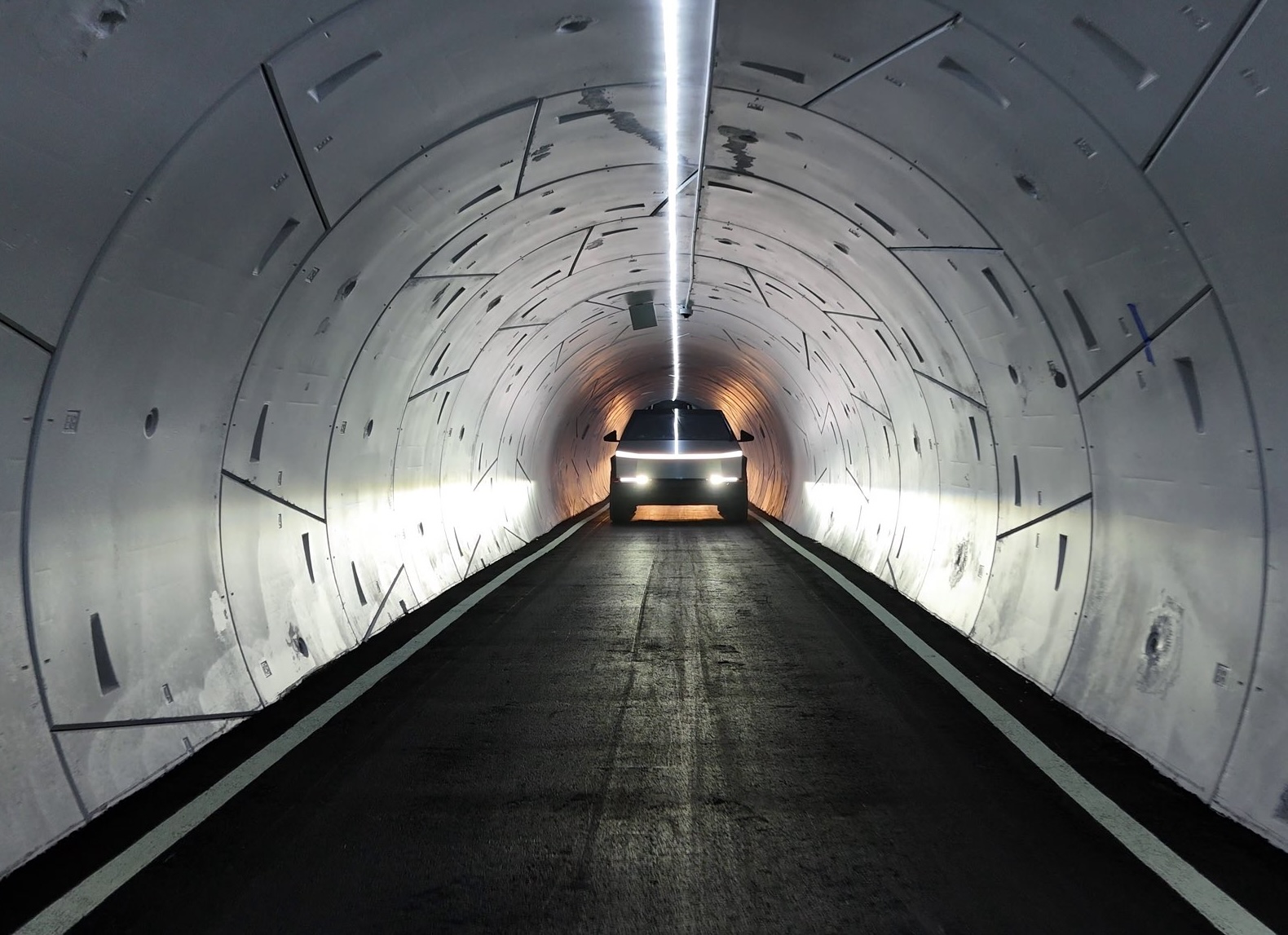
Earlier this week, The Boring Company (TBC) announced that it has continuously mined in a Zero-People-in-Tunnel (ZPIT) configuration. A Tesla executive responded to TBC’s latest milestone and explained how Elon Musk’s tunneling company will create Tesla’s robotaxi future.
The Boring Company shared videos of its ZPIT configuration and explained why this is a huge milestone.
“In the same way that full rapit reusability is the holy grail for rockets, ZPIT continuous mining is the holy grail for Boring Machines. This is the safest, fastest, and least expensive architecture to build tunnels,” TBC clarified.
Tesla vehicles with human drivers are currently used in The Boring Company’s Las Vegas tunnels to transport people. The Tesla Cybercab would significantly impact the functionality of TBC’s tunnels. Tesla’s VP of AI Software, Ashok Elluswamy, explained how The Boring Company would help create Tesla’s vision for robotaxis.
“Will need this big time in the future,” Elluswamy said, referring to The Boring Company’s announcement about reaching ZPIT configuration.
“With autonomous vehicles, we’ll have affordable premium transport for everyone. This will likely increase traffic due to the increased usage, even though each vehicle is much more efficiently utilized,” he elaborated.
The Boring Company’s main missions are to solve traffic and provide rapid point-to-point transport. Elon Musk believes the solution to traffic is 3D road designs, which include tunnels that act like a wormhole or warp tunnel.
TBC’s Las Vegas Convention Center tunnel network showcases Musk’s idea of 3D road designs and how fast it can transport people. The Vegas Loop in Las Vegas is also expanding and will support The Boring Company’s mission.
The Boring Company is close to beating Gary the Snail’s tunneling speed with its Prufrock boring machine–another big milestone. According to TBC, the latest iteration of Prufrock can start tunneling within 48 hours of arriving at a site and dig over 1 mile per week. Prufrock’s next goal is to beat 1/10th of a human walking speed or 7 miles per day.
Tesla is preparing to launch robotaxi services in Texas this summer. As Elon Musk’s electric vehicle company ramps up robotaxi services, his tunneling company will ensure the roads are clear of mind-numbing traffic.
Elon Musk
Tesla seems to have fixed one of Full Self-Driving’s most annoying features
Tesla seems to have resolved an issue that many users of the Full Self-Driving suite complained about recently.
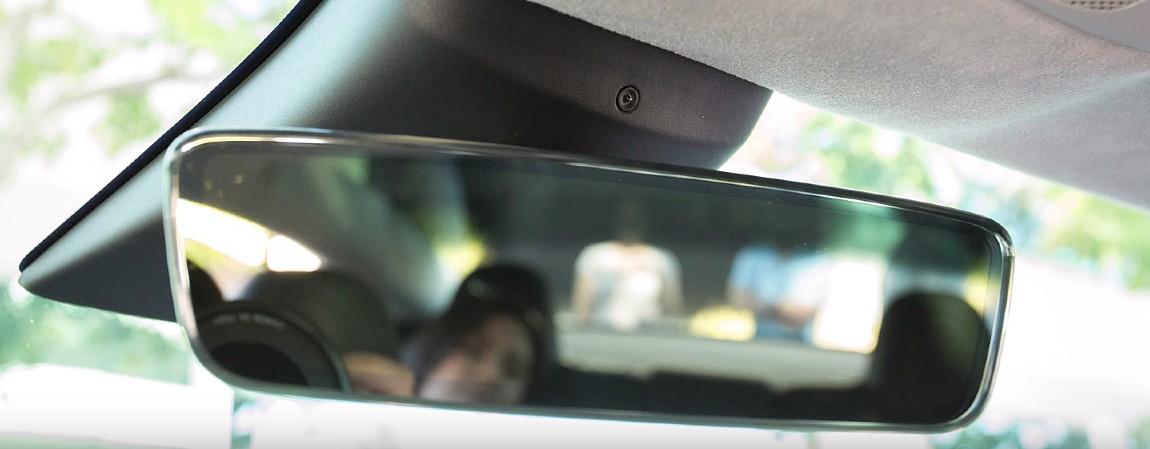
Tesla seems to have listened to drivers and owners who complained about a very annoying feature that monitors the eyes of the vehicle operator while using the Full Self-Driving suite.
Earlier this month, owners complained that versions of Full Self-Driving Supervised were too quick to alert drivers of their eyes going off the road, which is required for operation.
Tesla to fix an FSD driver monitoring annoyance, Elon Musk hints
If you’re doing something as simple as adjusting HVAC settings or changing Autopilot speed offset, the cabin-facing camera would alert the driver that their eyes need to be on the road.
It was incredibly quick to warn you, and many argued that changing these features while the vehicle is using FSD is safer than doing it while operating the car manually.
After several complaints, Tesla CEO Elon Musk said he agreed with the fact that FSD would warn drivers so quickly. When a user on X noted that “I can’t even glance at the display to add a nav stop without getting yelled at” and stated it was what they hated most about FSD, Musk replied, “You’re right.”
You’re right
— gorklon rust (@elonmusk) May 6, 2025
Tesla is now rolling out a new update of the FSD suite with v13.2.9, which includes various improvements. One of which appears to be a less dramatic driver monitoring system, which includes perhaps a slightly longer grace period before it will alert you to look at the road.
Several owners are reporting they’ve noticed a change, with it being less restrictive than previously:
cabin camera seems significantly less annoying in 13.2.9
— Whole Mars Catalog (@WholeMarsBlog) May 15, 2025
I noticed that last night. I was using my phone to drop an address I forgot to share before and it didn’t start flashing in .5 seconds.
— Greggertruck (@greggertruck) May 15, 2025
Driver monitoring is very important, considering people do abuse FSD and its capabilities. It is important to pay attention, even if you are overwhelmingly confident in the abilities of FSD, because, in the event of an accident, Tesla will be the one to take the bad publicity for it.
This is even if the driver is found liable for the accident.
However, from personal experience, the alerts it gave were slightly dramatic, and I felt that they were over the top. I was admonished by the driver monitoring system for simply adjusting the Autopilot speed offset.
Many owners welcome this change. FSD is being refined with every update, becoming more robust, accurate, and less naggy with its requests.
-
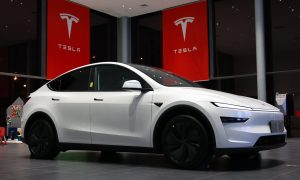
 News2 weeks ago
News2 weeks agoTesla offers legacy Model Y owners an interesting promotion
-
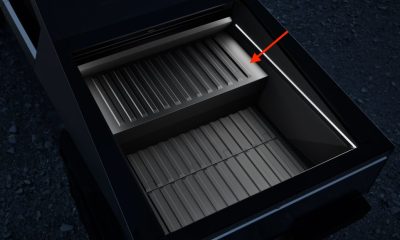
 News1 week ago
News1 week agoTesla Cybertruck Range Extender gets canceled
-
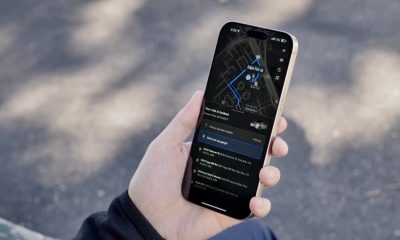
 Elon Musk2 weeks ago
Elon Musk2 weeks agoTesla hints at June 1 launch of Robotaxi platform in Austin
-
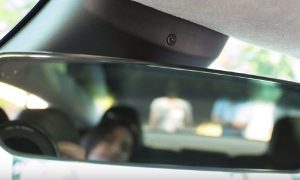
 Elon Musk12 hours ago
Elon Musk12 hours agoTesla seems to have fixed one of Full Self-Driving’s most annoying features
-
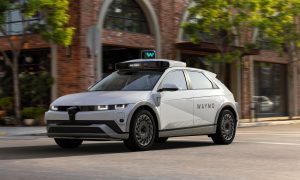
 News2 weeks ago
News2 weeks agoRobotaxis are already making roads safer, Waymo report reveals
-
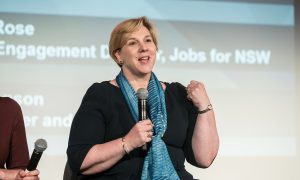
 Elon Musk2 weeks ago
Elon Musk2 weeks agoTesla Board Chair slams Wall Street Journal over alleged CEO search report
-
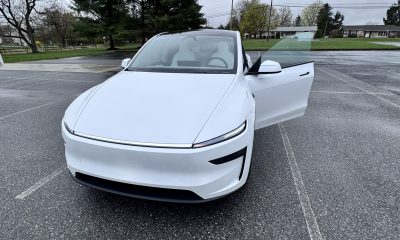
 News2 weeks ago
News2 weeks agoIs the affordable Tesla Model Y’s features hiding in plain sight?
-
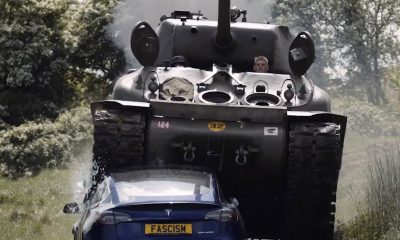
 Lifestyle1 week ago
Lifestyle1 week agoAnti-Elon Musk group crushes Tesla Model 3 with Sherman tank–with unexpected results


